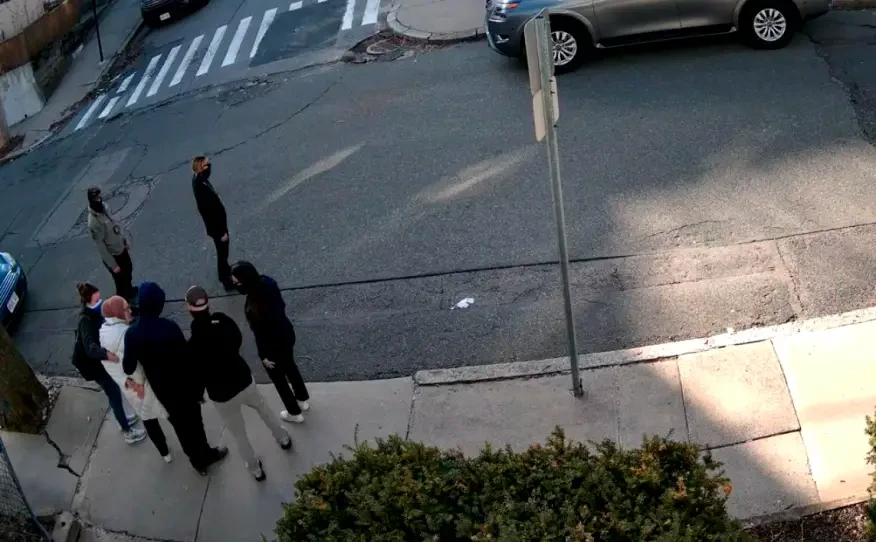Cultural assets, destroyed during Feb.6 quakes, successfully restored
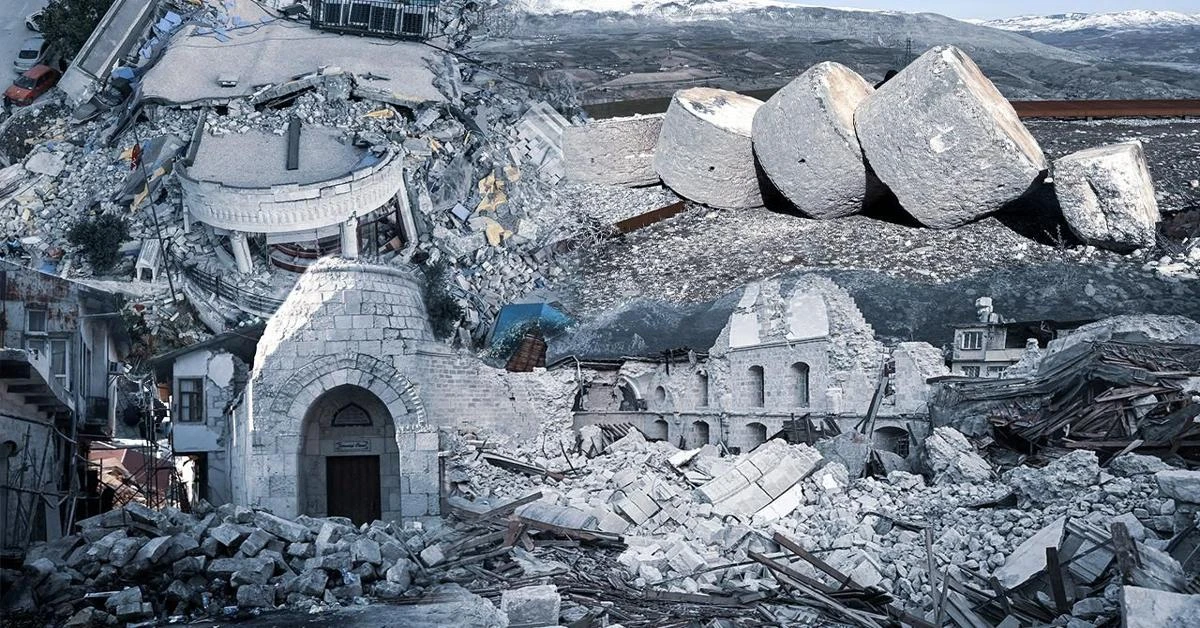
Following the Feb. 6, 2023 earthquake, which affected 11 cities, efforts to restore archaeological sites, the condition of museum buildings and artifacts and the protection of cultural assets began in a very short span of time.
The two major earthquakes incurred serious damages to historical buildings. Immediately, after the incident, the Ministry of Culture and Tourism started to rehablitate and restore the buildings in accordance with their originals set by the General Directorate of Cultural Heritage and Museums and the General Directorate of Foundations.
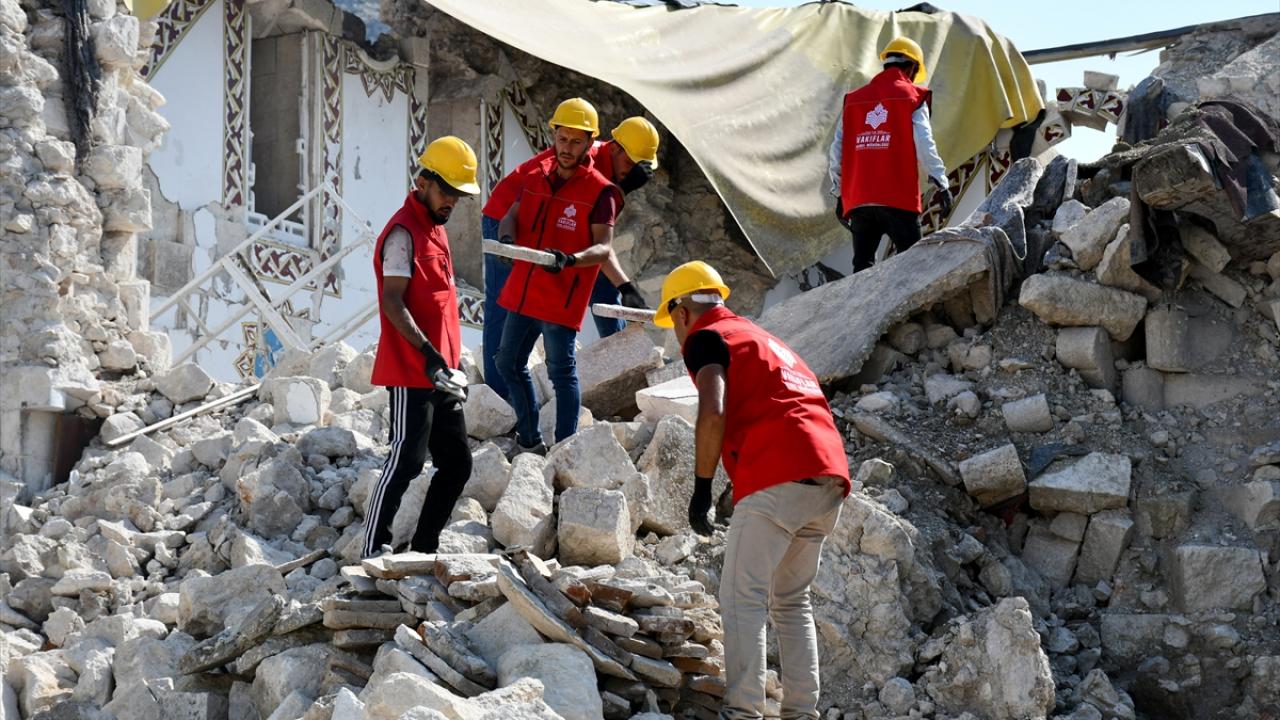
Within the scope of the ongoing efforts, funds were allocated for the post-earthquake damages of these infrastructures, which comprises 21 buildings, including eight service buildings, six museums and seven castles belonging to the General Directorate of Cultural Heritage and Museums.
Restoration works are underway in 45 of the 71 buildings in Hatay under the supervision of the General Directorate of Foundations.
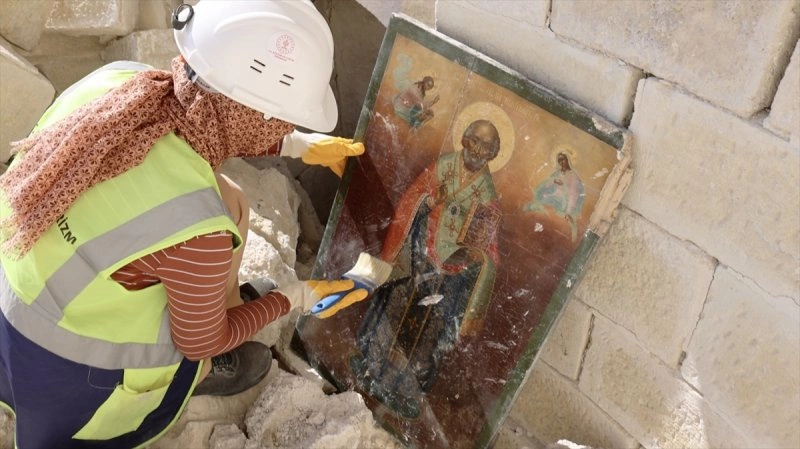
Immovable cultural assets, which are classified as slightly damaged, moderately damaged, heavily damaged and demolished, and whose retrofitting and reconstruction projects are prepared in line with the recommendations made by the scientific advisory board.
The relevant conservation regional board later approves these recommendations, restoring the infrastructure of these buildings according to the damages.
What was the impact of the earthquake on cultural heritage
On Feb. 9, 2023, the Ministry of Culture and Tourism of the Republic of Türkiye, Directorate General of Cultural Heritage and Museums, released t information for the first time about the world heritage sites and museums in the cities affected by the Feb. 6 earthquakes.
Feb. 6 museums affected by the earthquakes
There was no damage reported in museums inside Gaziantep, Sanliurfa, Kilis, Osmaniye, Diyarbakir and Adana Museums. Kahramanmaraş, Elbistan, Adiyaman and Malatya other than minor cracks. No serious damage was detected in the collections of the museums either.
However, considering the possibility that the surrounding buildings may pose a danger, the portable collection of Kahramanmaras Museum was transferred to a safe museum.
However, it was found that a section of the Hatay Archeology Museum was damaged. In line with the emergency action plan, the fastest and most comprehensive staff reinforcement was provided to this museum to restore the section.
Solar-powered camera systems were also installed in the museum to prevent power cuts from creating security weaknesses.
At the World Heritage site of Arslantepe in Malatya, slight shifts in the mudbrick walls and collapses in the temporary roof cover were detected, but no serious damage was caused to the site.
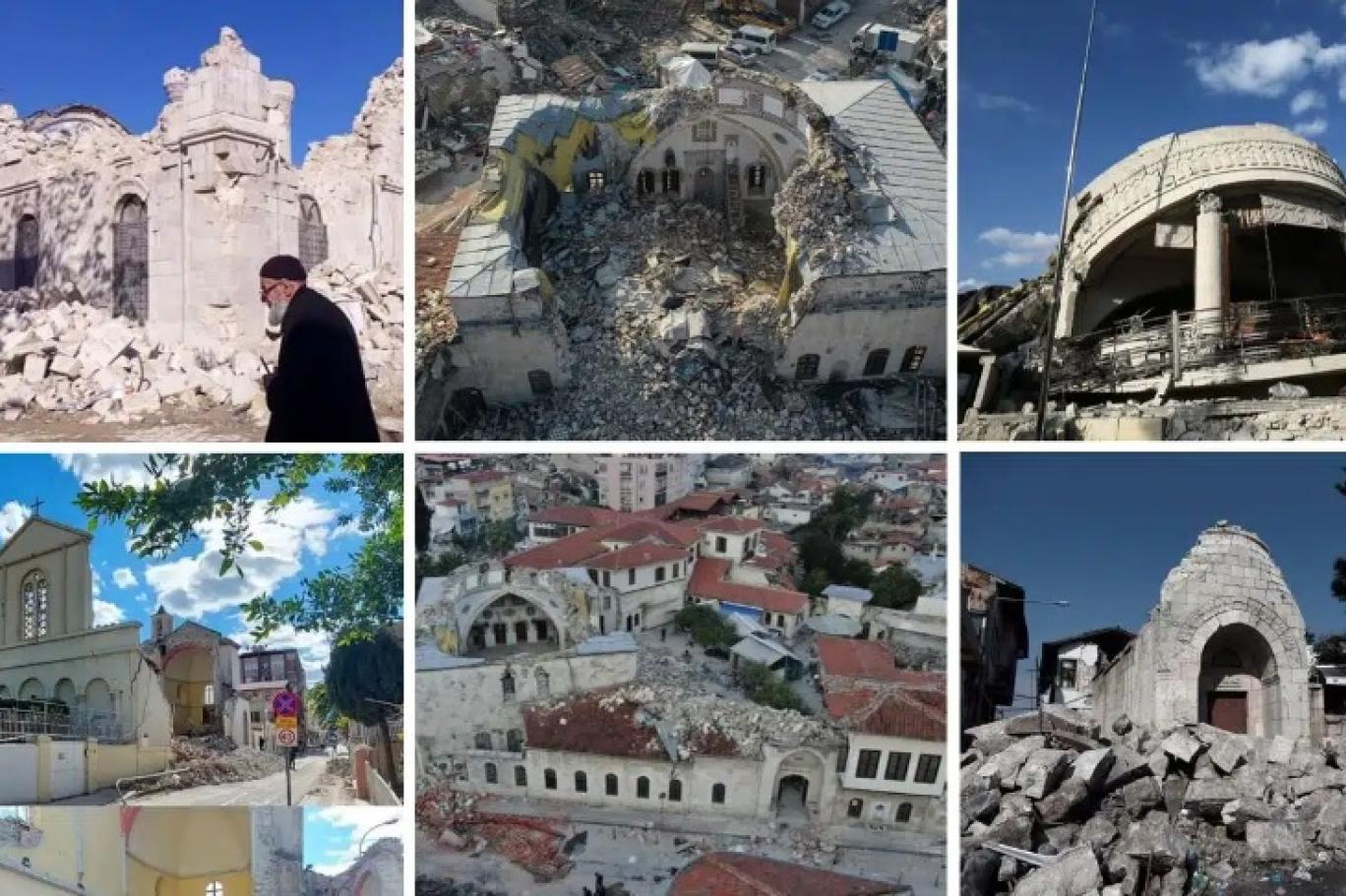
It was found that a limited section of the Diyarbakir city walls had slight damages, and that the entrance to St. George’s Church, also located in Diyarbakır Surici, had minor cracks.
No problems were detected at other world heritage sites such as Sanliurfa Gobeklitepe, known as the zero point of history and Adiyaman Nemrut Mountain.
Detailed studies on the damage to registered historical buildings and museums in the aforementioned cities, especially Gaziantep Castle and Malatya New Mosque, are underway.
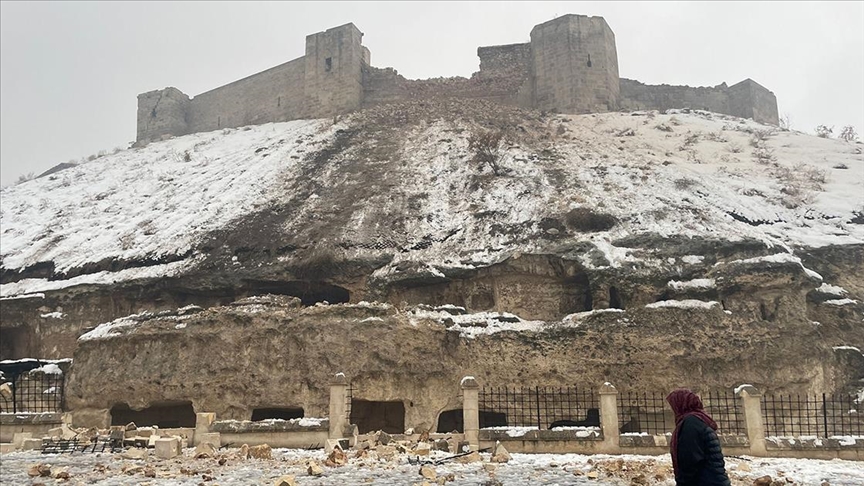
Castles that can’t be destroyed by cannons and soldiers. They were damaged in the catastrophe of the century.
A total of 30 buildings in Hatay, including the Habib-i Nejjar Mosque, the historic Ulu Mosque, the Beyazid-i Bistami Tomb and St. Paul’s church, were also damaged.
For the first time in 1,400 years, in the Habib-i Nejjar Mosque was unable to hold Friday prayers, and for the first time, the Virgin Mary Orthodox Church spent a Sunday without services.
It was this land where the sounds of “Azan, Bell, Hazzan” were heard together. The buildings symbolizing 23 centuries of brotherhood were also damaged in the disaster of the century.
The Kursunlu Han, located in the historical Uzun Bazaar, known as the resting center of the merchants who came to Antakya on the Silk Road during the Ottoman Empire, was also heavily damaged.
